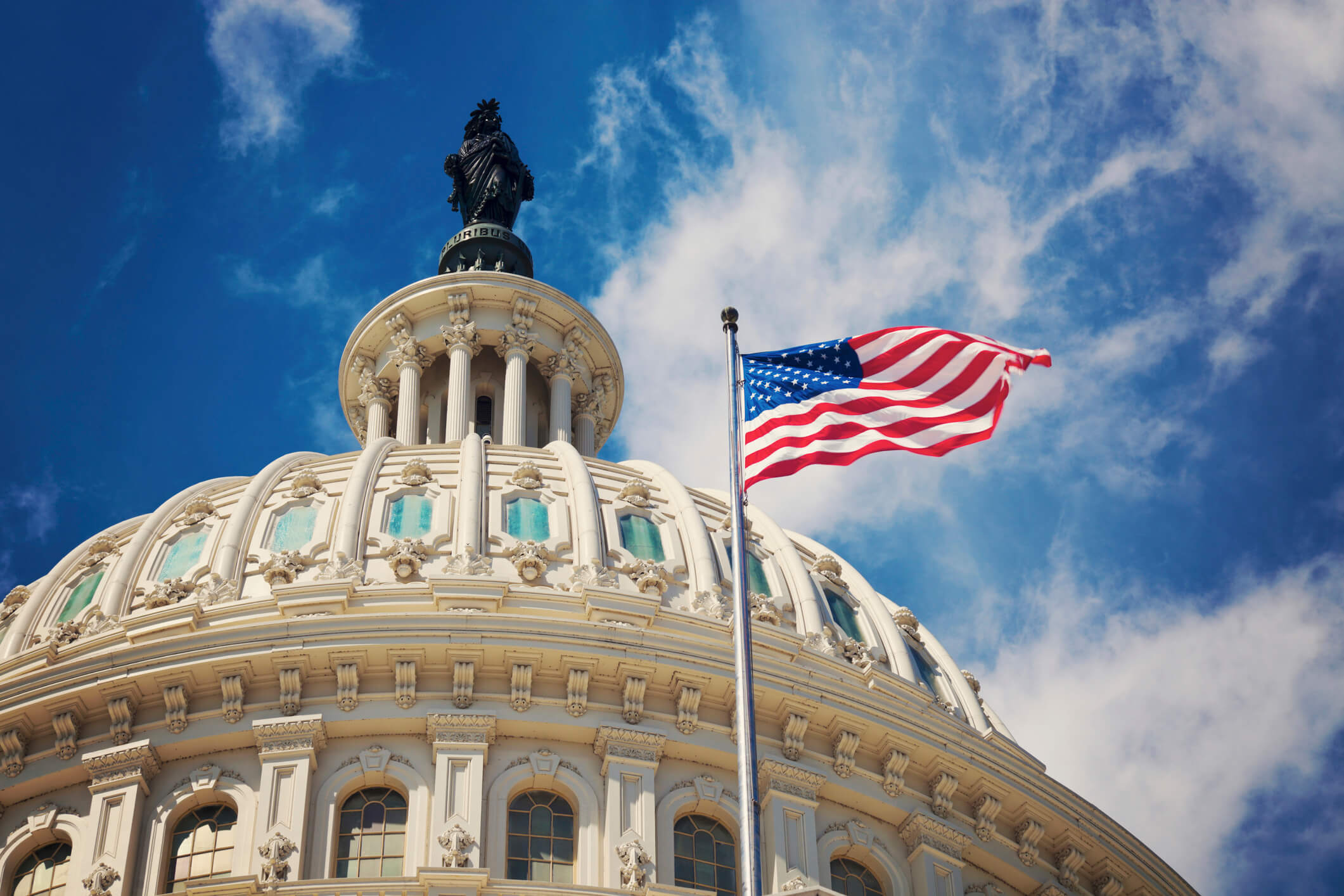Pursuant to a Department of Labor (DOL) Final Rule published on May 20 and going into effect on June 21, 2010, federal contractors and subcontractors subject to the National Labor Relations Act (NLRA) will be required to include certain language in their contracts and to conspicuously post notices of employee rights under federal labor laws. The Final Rule describes the content of the notice required to be posted by contractors and most subcontractors, and outlines the penalties that can be imposed for noncompliance. This Final Rule, published in today’s Federal Register, implements Executive Order 13496, signed by President Barack Obama in January of last year.
As with the proposed rule published last August, the first part of the Final Rule includes definitions, prescribes requirements for the size, form and content of the notice, lists exceptions for certain types of contracts, and details available exemptions. Specifically:
- The notice is required to be posted by federal contractors with contracts which meet the simplified acquisition threshold (currently $100,000) as well as all subcontractors (whether at the first-tier level or below) with subcontracts of at least $10,000, as long as the subcontracts are “necessary to the performance of the prime contract.” The DOL has signaled its intent to encompass this term very broadly.
- The notice can be found on the DOL-Office of Labor-Management Standards website at http://www.dol.gov/olms/regs/compliance/EO13496.htm. It provides employees with general information concerning their rights under the NLRA to join a union and to bargain collectively with their employer. The notice also gives examples of unlawful employer and union actions that interfere with those rights. The notice directs employees to seek assistance from the nearest regional National Labor Relations Board (NLRB) office should they wish to report a labor violation or have a question concerning how specific rights apply to their workplace.
- Contrary to the proposed rule, the Final Rule allows the notice to be incorporated by reference in contracts and subcontracts, rather than requiring inclusion of the full text in such documents.
- The notice must be displayed in all places where notices to employees are customarily posted both physically and electronically. If posted physically, the notice must be conspicuous and readily seen by employees who engage in activities relating to the performance of a government contract. If posted electronically, the notice must be prominent, must include a link to the DOL’s website containing the full text of the notice, and must be labeled “Important Notice about Employee Rights to Organize and Bargain Collectively with Their Employers.”
- Both physical and electronic notices must be provided in languages used by “a significant portion” of the contractor or subcontractor’s workforce. The DOL will provide translations of the required notice that satisfy the physical and electronic posting requirements.
Beyond the exemption for subcontracts of less than $10,000, exemptions to the notice requirement are available to, among others, nonprofits and religious institutions, and government contracts for work performed exclusively by employees of U.S. companies operating outside the territorial United States. Contractors subject to the Railway Labor Act, as opposed to the NLRA, are excluded from the requirements of Executive Order 13496 and the Final Rule.
The Office of Federal Contract Compliance Programs (OFCCP) will be charged with enforcing the requirements of the Final Rule and may conduct compliance evaluations to determine compliance. Contractors and subcontractors that violate this employee notification rule may be subject to sanctions, including termination, cancellation or suspension of the contract and debarment. In addition, a contractor in noncompliance may be declared ineligible for further government contracts.
According to Harold P. Coxson, Jr., a principal with Ogletree Governmental Affairs and a shareholder in the firm’s Washington, D.C. office: “There is a strong possibility that the NLRB will issue a workplace rights notice of its own which would be required for all employers covered by the NLRA, not just government contractors and subcontractors. Because the DOL refuses to limit its notice to a simple statutory recitation of the Section 7 rights under the NLRA, it will be interesting to see whether the NLRB’s notice will conflict. This is important because government contractors and subcontractors could be required to post both notices, and the potential differences could be confusing to employees. In any event, employers would be well advised to engage in supervisory training so that supervisors and managers will be prepared in the event of employee questions or potential unfair labor practice charges filed by employees acting on the Executive Order 13496 notice.”




